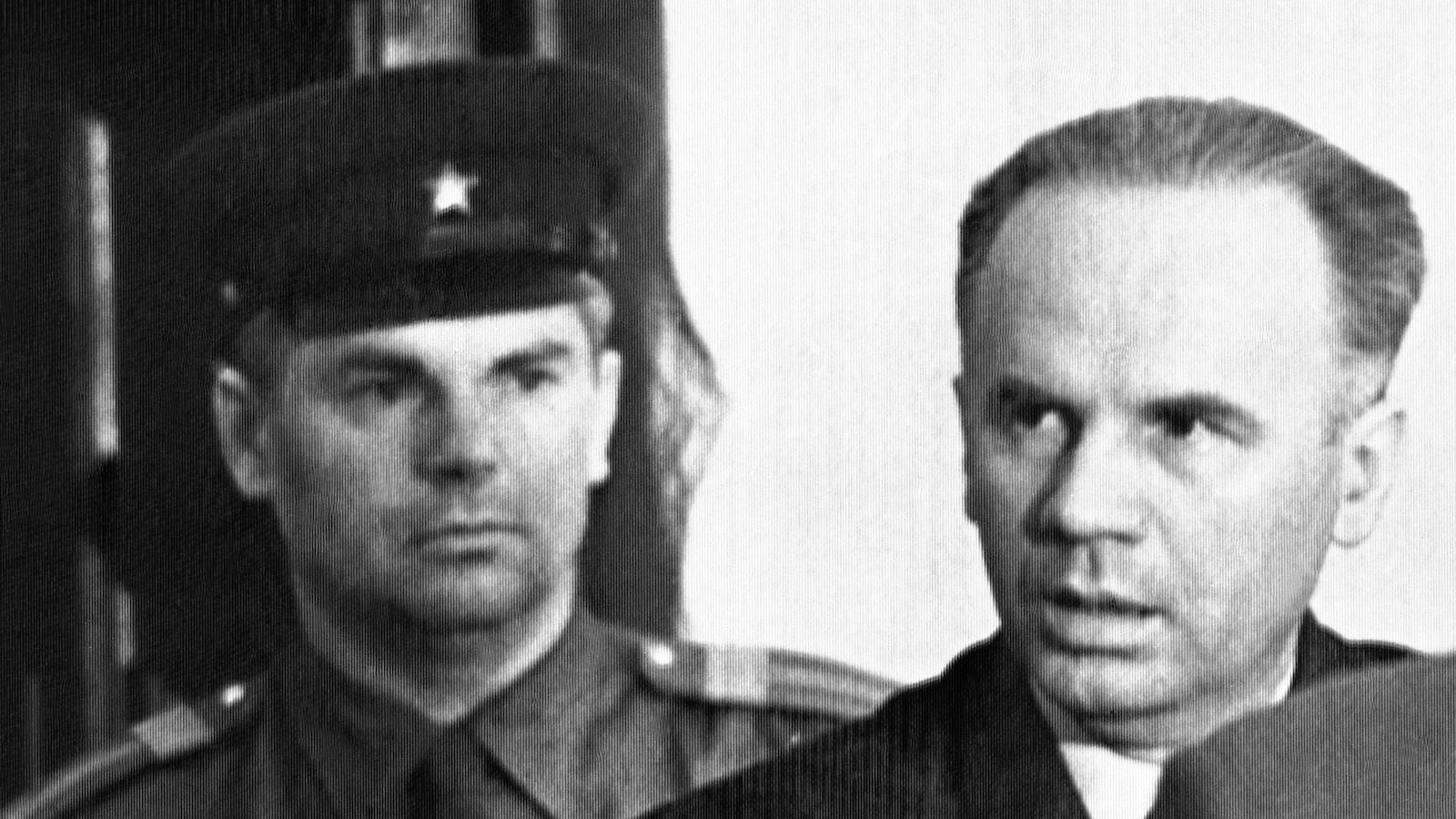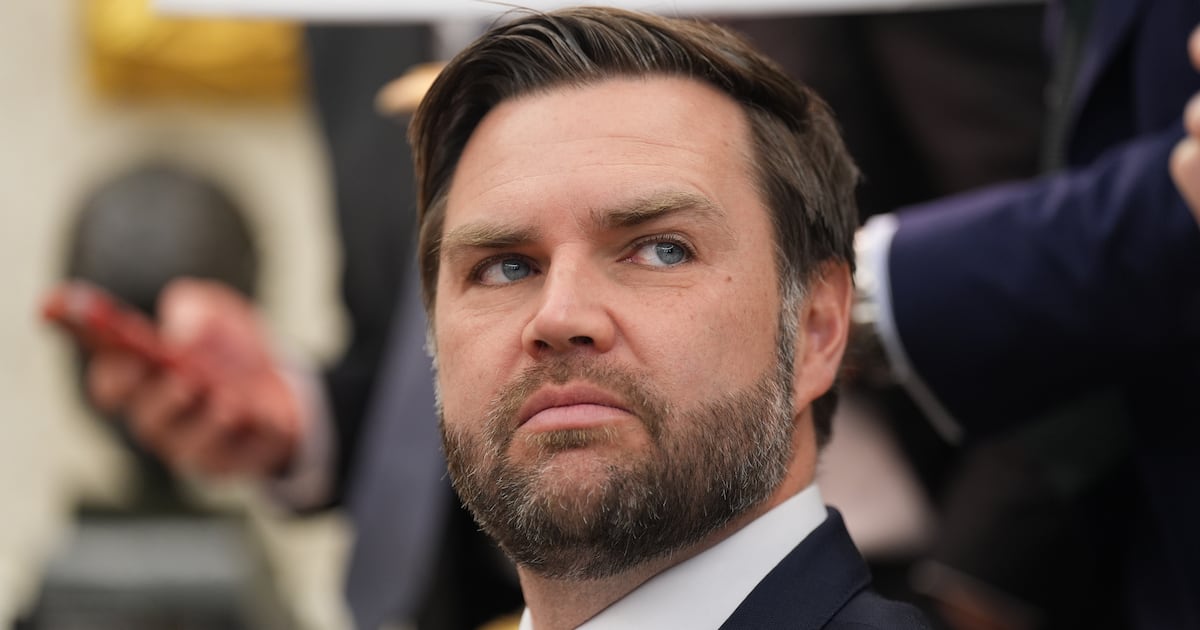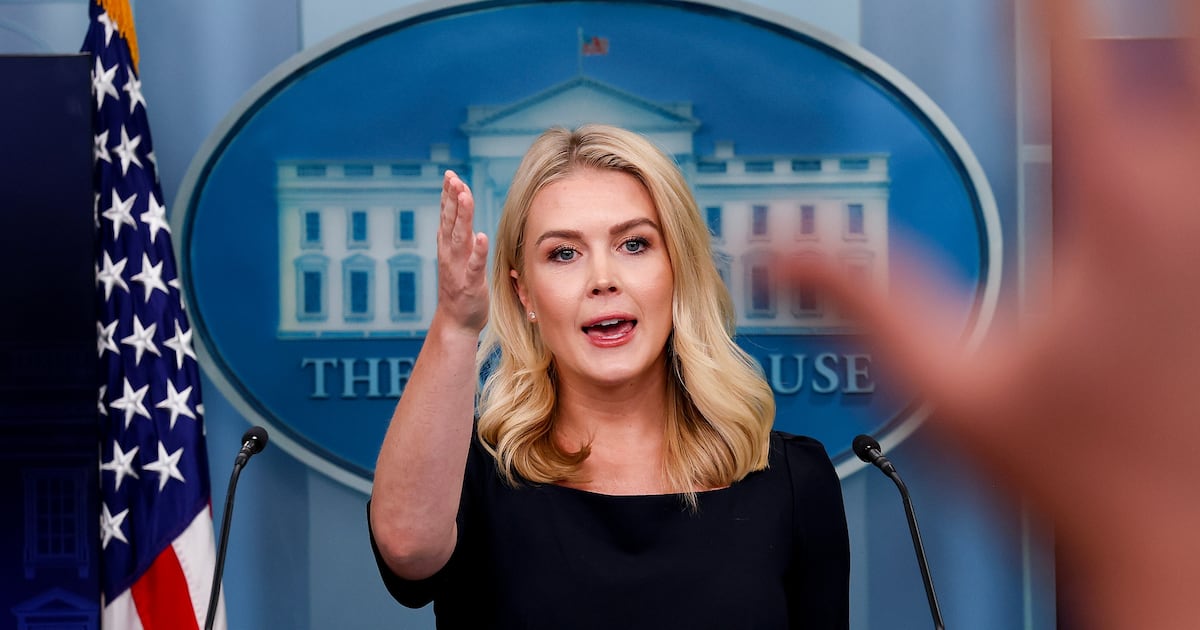Tuesday, October 17, 1961: Moscow. On the fifth floor of a block of apartments in Kutuzovsky Prospekt, the telephone rang twice, then went dead.

Felicity Stuart watched the telephone with mounting unease. She was officially the assistant to the British embassy’s visa officer, Ruari Chisholm, but this was just a cover role: Chisholm was the head of MI6 in the city, and she was his cipher clerk.
In tandem with the CIA, MI6 were in the midst of running their most successful espionage operation to date. A colonel in Soviet military intelligence, Oleg Penkovsky, was working for them as an agent-in-place, photographing thousands of top-secret documents with a miniature camera, and delivering the resulting microfilm in disguised packs of cigarettes and boxes of sweets to Chisholm’s wife Janet, at cocktail parties, parks and other locations around the city.
The operation was in an especially fraught stage as it was now taking place in Moscow, which was home to the KGB’s headquarters, the Lubyanka. Tens of thousands of KGB officers worked in the city, and a dedicated division conducted surveillance on the small community of foreigners. Walls in apartments, offices, and public locations contained microphones, and entire floors of buildings were given over to command posts listening in to and recording conversations. In 1961, Moscow was perhaps the most dangerous city for espionage in the world.
One major problem was how to communicate with Penkovsky. He had identified a safe spot to leave messages—a ‘dead drop’ in spy jargon—behind a radiator in the foyer of a block of apartments in Pushkinskaya Street, but tradecraft dictated that this could only ever be checked once. Usually, Penkovsky communicated with his handlers via notes he passed to Janet Chisholm with his other material, but they needed another method in case he couldn’t meet her. It was decided to use the telephone, but because everywhere was bugged the rings would function as messages.
Penkovsky had been given a list of numbers, one of which was Felicity Stuart’s. He was to call her if he learned that he was about to travel to the West and had no time to tell Janet. Now the call had come—but there was a problem. Penkovsky’s pre-arranged signal to Stuart’s number consisted of three rings, not two.
‘I wasn’t a hundred percent certain that it was the signal,’ she says now, having retired from MI6 some years ago. ‘But I knew this was an important signal if he was going to go to the West, and that the office in London wanted to know when that would be, so the following morning I sent a telegram to say I’d received it.’
The CIA has declassified thousands of pages about the Penkovsky operation but MI6, which is much more reticent about its accomplishments, hasn’t declassified a single related document related. As a result, we don’t know precisely what the reaction in London was to Stuart’s message, but it seems likely they dismissed the call as an error: Penkovsky didn’t travel to the West at this time, and he continued to meet Janet Chisholm as before. But it wouldn’t be the last time Penkovsky’s handlers had to make such a judgement—and the next time, the stakes would be far greater.
Penkovsky continued to feed MI6 and the CIA intelligence, and it was so valuable that he has been called ‘the spy who saved the world’. In this case, it’s probably not hyperbole. Almost a year to the day after the mysterious call to Felicity Stuart’s apartment, analysts at the CIA’s National Photographic Interpretation Center (NPIC) in Washington pored over photographs taken by a U-2 pilot over western Cuba, and noticed images of unusually long missiles. Nothing like them had been seen on Cuba before, raising a very troubling question: could they be medium-range ballistic missiles—could they be offensive, rather than defensive?
The NPIC analysts had several loose-leaf volumes called ‘black books’ that collected all available missile intelligence. As well as hundreds of photographs taken at the Soviets’ May Day parades, they contained top-secret field manuals that had been photographed by Oleg Penkovsky in Moscow. And when the team consulted these, they came across a manual for the Soviets’ R-12 MRBM, designated the SS-4 by NATO forces, that Penkovsky had provided. On checking it, they realised that it was the same missile as in the U-2 photos. This meant the Soviets had missiles on Cuba that could strike the United States anywhere between Dallas and Washington. The blast at Hiroshima had been the equivalent of around 14,000 tons of TNT; the SS-4 carried a one-megaton nuclear warhead, which would create a blast equivalent to around 1 million tons of TNT.
The Cuban Missile Crisis had begun.
On learning of the CIA’s discovery, John F. Kennedy immediately set up a group of advisors to deal with the situation, the Executive Committee of the National Security Council (EXCOMM). At a White House meeting on the evening of October 16, 1962, General Marshall Carter, deputy director of the CIA, took the president and his advisers through the available intelligence, using photographs displayed on easels. Carter explained that the missiles they could see appeared to be “designed to be fielded, placed, and fired in six hours.”
Some of the committee members were sceptical of the CIA’s intelligence, and wanted to know precisely how they determined what the missiles’ make and capabilities. Pressed, Carter replied that the agency had drawn on a number of sources, “including our IRONBARK sources.” IRONBARK was the codename for just one source: Oleg Penkovsky. Even with the looming risk of nuclear war, Carter was not prepared to tell the country’s national security experts the truth: they knew because they had a spy. Even while Penkovsky’s intelligence was being relayed inside the White House during the greatest crisis of the Cold War, his own identity had to be protected—even to the extent of claiming that he represented more than one source—because if this crisis abated, he might be crucial in stopping the next one.
By October 22, the missile crisis was over, partly as a result of Penkovsky’s intelligence: Sidney Graybeal, head of the CIA’s Guided Missile Division, later said that when he answered questions from Kennedy and EXCOMM he relied mainly on the manuals Penkovsky had photographed, as they revealed how the missiles operated in the field, including precise details of how they were moved, erected, and fuelled, as well as how long such preparations took. This meant Kennedy could calculate the time he had in which to negotiate, and other intelligence from Penkovsky bolstered his decision to call Khrushchev’s bluff. The CIA’s chief analyst during the crisis, Ray Cline, later told historian Christopher Andrew that Penkovsky’s intelligence was vital to its resolution, as it allowed the agency to “follow the progress of Soviet missile emplacement in Cuba by the hour.”
But just as the crisis was coming to a close, so was Penkovsky’s life as a double agent. On October 22, 1962 he was arrested by the KGB. For eighteen months, he had worked for MI6 and the CIA, the latter giving him the codename HERO. His motivations were complex. He had a visceral hatred of Khrushchev and his regime, and told his handlers in great detail about the problems with the Soviet Union. But he was also driven by revenge: he had been stymied in his career, and was furious he had never been made a general.
Having helped save the world, at enormous personal risk, by giving Kennedy detailed knowledge about the missiles on Cuba, it seems that once the KGB captured him HERO did something rather less heroic.
Back in October 1961, MI6 and the CIA had set up a system of telephone signals for Penkovsky. One was the three rings to Felicity Stuart’s apartment. Another was more important. If Penkovsky received credible intelligence that the Soviet Union was about to launch an attack on the West, and he had no time to load his dead drop with corroborating information, there were two numbers he could call: one CIA and one MI6. In both cases, when someone answered he was to blow three times into the mouthpiece, and then hang up.
On November 2, 1962, two such calls came. One was received by the CIA’s deputy chief in Moscow, Hugh Montgomery, and the other by MI6’s head of station, Gervase Cowell, who had recently replaced Ruari Chisholm. Three short breaths into the mouthpiece, and the line went dead.
Both men were sceptical of the signal, but reacted differently. Although the crisis finally appeared to be over, Soviet missiles were still on Cuba and US forces remained at DEFCON-3, while British V-bombers were at Alert Condition 3. Cowell felt certain the call was a false alarm and, deciding it was not worth jangling highly jittery nerves, didn’t send it up the line as the procedure dictated, but simply sat on the information. Sir Gerry Warner, a former deputy chief of MI6, recalled the incident in a 2012 interview with the BBC: ‘He did nothing—which was exactly the right thing to do. He didn’t tell his ambassador, he didn’t tell London, he didn’t tell anybody, because he was morally certain that Penkovsky was captured so this was meaningless. But had he told anybody else, he might have started the most enormous panic.’
The CIA, however, did send the signal up the line: Montgomery drove to the American embassy and sent a flash message to Langley saying that the early warning signal for war had been received. The CIA then decided to check the dead drop to see if Penkovsky had provided any further details, just in case, and the officer who was sent, Dick Jacob, was promptly arrested by the KGB. There was no imminent nuclear strike—it had simply been a trap.
A December 1962 article in the Soviet newspaper Izvestia unwittingly pointed to what probably happened. It stated that Penkovsky had two ways of contacting the Americans, and that one, ‘in case of unexpected danger’, involved blowing three times into the telephone’s mouthpiece. It seems likely that Penkovsky told his captors of this signal, but didn’t reveal its true nature. The KGB wouldn’t have risked triggering a nuclear war simply to arrest a CIA officer, but the much vaguer ‘unexpected danger’ wouldn’t have worried them. Penkovsky’s motivation was probably sheer desperation. He knew he would be executed for treason—as he soon was—and so this was a last-ditch attempt to take the Soviet Union down with him, by pushing the West into launching a nuclear strike. The spy who helped save the world looks likely also to have tried to destroy it.
Jeremy Duns is a British novelist and journalist. He is the author of Dead Drop: The True Story of Oleg Penkovsky and the Cold War’s Most Dangerous Operation (Simon & Schuster).






